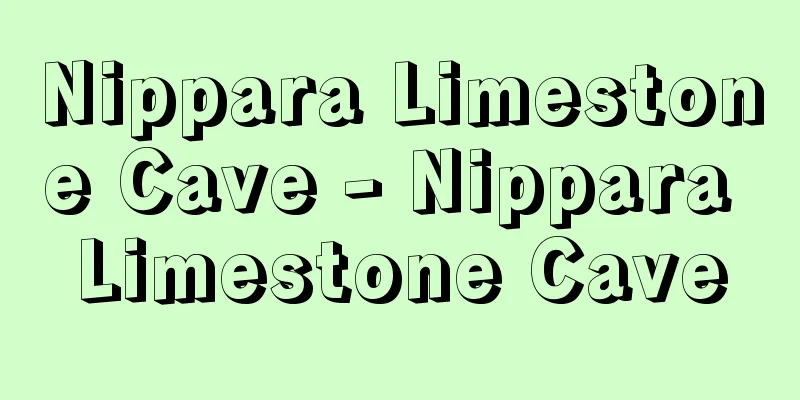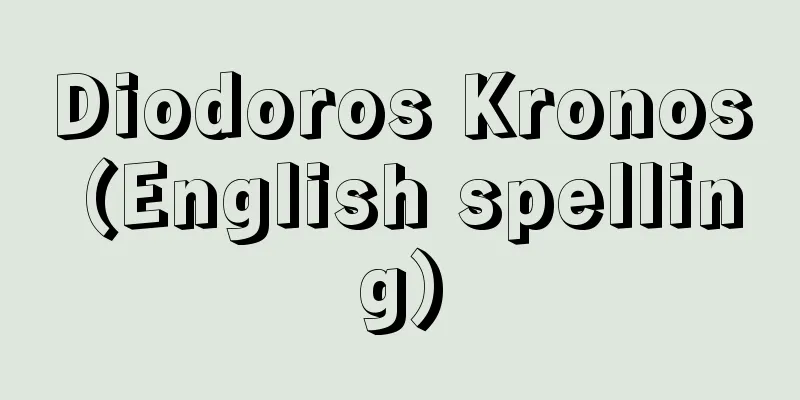Angola

|
◎Official name: Republic of Angola. ◎Area: 1,246,700 km2 . ◎Population: 24,380,000 (2014). ◎Capital: Luanda (5,850,000, 2012). ◎Residents: Mostly Bantu peoples such as Obimbundu, Mbundu, and Kongo. There are also a small number of San people. ◎Religions: Mostly ethnic religions unique to the people. ◎Languages: Portuguese (official language), Bantu languages. ◎Currency: Kwanza. ◎Head of state: President, Jose Eduardo dos Santos (born 1942, inaugurated in September 1979, re-elected in August 2012, five-year term). ◎Constitution: promulgated in February 2010. ◎Parliament: unicameral (220 seats, five-year term). The most recent election was in August 2012. ◎GDP: $58.6 billion (2007). ◎GNI per capita -1,980 dollars (2006). ◎Proportion of people employed in agriculture, forestry and fishing -71.0% (2003). ◎Life expectancy -50.4 years for men, 53.4 years for women (2013). ◎Infant mortality rate -98‰ (2010). ◎Literacy rate -70.0% (2009). * *Republic in southwestern Africa. The northwestern end is at the mouth of the Congo River (Zaire River). The coast facing the Atlantic Ocean is lowland with a tropical climate, while the inland area is a savanna plateau with an altitude of 1000-2000m, but the southern area is arid. Agricultural products such as coffee, cotton, and palm oil, and mineral resources such as diamonds, coal, and copper are available. In 1482, the Portuguese arrived at the mouth of the Congo River, and it became a Dutch territory for a time, but it was the center of the Portuguese slave trade. Since 1961, an independence movement has been going on in Angola, which sought to break free from Portuguese rule, and in 1975 it gained independence as the People's Republic of Angola (renamed the Republic of Angola in 1992). The core of the independence movement were the pro-Soviet Popular Movement for the Liberation of Angola (MPLA), the National Front for the Liberation of Angola (FNLA), and the National Union for the Total Independence of Angola (UNITA), but after much conflict, the MPLA overpowered the others by 1977. However, with the support of South Africa, UNITA waged a guerilla war, and the civil war continued. The MPLA government adopted a multi-party system in a constitutional amendment in 1991, signed a peace agreement with UNITA in 1994, and in April 1997, the Government of United National Reconciliation was established, with UNITA also joining the government. The civil war then flared up again, but in March 2002, both sides agreed to a ceasefire. In April 2003, diamond mines resumed operations, and in May, the US economic sanctions were lifted, and the country's economic recovery is on track. In January 2007, the country joined the Organization of the Petroleum Exporting Countries (OPEC). In September 2008, the second parliamentary election in history was held after a 16-year hiatus. In February 2010, a new constitution was promulgated. → Related article Cabinda | Southern African Development Community Source : Heibonsha Encyclopedia About MyPedia Information |
|
◎正式名称−アンゴラ共和国Republic of Angola。◎面積−124万6700km2。◎人口−2438万人(2014)。◎首都−ルアンダLuanda(585万人,2012)。◎住民−オビンブンドゥ人,ムブンドゥ人,コンゴ人などのバントゥー系民族が大部分。ほかにサン人が少数。◎宗教−大部分が民族固有の宗教。◎言語−ポルトガル語(公用語),バントゥー諸語。◎通貨−クワンザKwanza。◎元首−大統領,ドス・サントスJose Eduardo dos Santos(1942年生れ,1979年9月就任,2012年8月再選,任期5年)。◎憲法−2010年2月公布。◎国会−一院制(定員220,任期5年)。最近の選挙は2012年8月。◎GDP−586億ドル(2007)。◎1人当りGNI−1980ドル(2006)。◎農林・漁業就業者比率−71.0%(2003)。◎平均寿命−男50.4歳,女53.4歳(2013)。◎乳児死亡率−98‰(2010)。◎識字率−70.0%(2009)。 * *アフリカ南西部の共和国。北西端はコンゴ川(ザイール川)河口。大西洋に面する海岸は低地で熱帯性気候,内陸部は標高1000〜2000mの高原でサバンナ地帯であるが,南部は乾燥地帯。コーヒー,綿花,ヤシ油などの農産物,ダイヤモンド,石炭,銅などの鉱産資源がある。1482年ポルトガル人がコンゴ川河口に到来し,一時オランダ領になったが,ポルトガル奴隷貿易の中心地であった。1961年以来ポルトガルの支配を脱しようとする独立運動が起こり,1975年アンゴラ人民共和国として独立した(1992年アンゴラ共和国に改称)。独立運動の中核は親ソ派のアンゴラ解放人民運動(MPLA),アンゴラ解放民族戦線(FNLA),アンゴラ全面独立民族同盟(UNITA)の3組織であったが,対立抗争の末MPLAが1977年までに他を制圧した。しかし,UNITAは南アの支援を受けてゲリラ戦を展開し,内戦が続いた。MPLA政権は1991年の憲法改正で複数政党制を採用し,1994年UNITAと和平協定に調印,1997年4月統一国民和解政府が樹立されUNITAも政権に参加した。その後,内戦が再燃したが,2002年3月,双方が休戦に合意。2003年4月ダイヤモンド鉱山の操業が再開され,5月にはアメリカの経済制裁も解除され,経済復興が軌道に乗っている。2007年1月,石油輸出国機構(OPEC)に加盟。2008年9月史上2度目の国会議員選挙が16年ぶりに実施された。2010年2月新憲法が公布された。 →関連項目カビンダ|南部アフリカ開発共同体 出典 株式会社平凡社百科事典マイペディアについて 情報 |
<<: Angora [species] (English spelling)
Recommend
Monel metal
A corrosion-resistant alloy containing nickel (Ni6...
Kakeri (Sho) - Kakeri
A term in Japanese music. (1) In Noh, it is a rela...
Townhouse (machiya) - Machiya
Among private houses, those built on sites that fo...
Urogurena - Urogurena
…On the other hand, there are freshwater algae th...
Shrimp Clasp - Shrimp Clasp
…The function of a fastener is determined by its ...
Francé Prešeren (English spelling)
1800‐49 Yugoslav poet. Born in Slovenia, he studie...
Inner Hebrides - Inner Hebrides
…It consists of about 500 islands stretching from...
Alice
A 1988 British, West German and Swiss co-productio...
Gopāla (English spelling) Gopala
...a dynasty that ruled Bengal, India, from the m...
Self-propelled gun
A gun mounted on a vehicle so that it can move in...
Tategami - Mane
Originally, it was a term used in contrast to hori...
fecalis
...Diseases that increase serum calcium levels al...
Lucia
Another Japanese title for the opera "Lucia d...
Mugging
…Compression of the neck by the hand is called th...
Toshihiko Higashikuni - Toshihiko Higashikuni
A former member of the imperial family and a sold...









